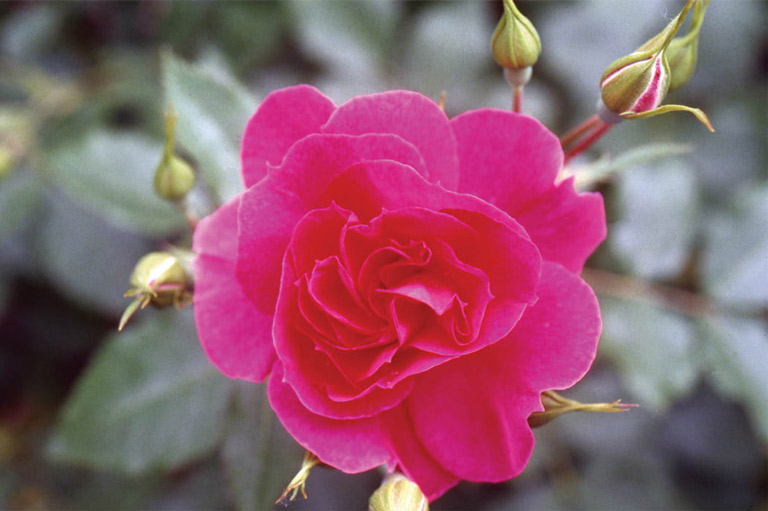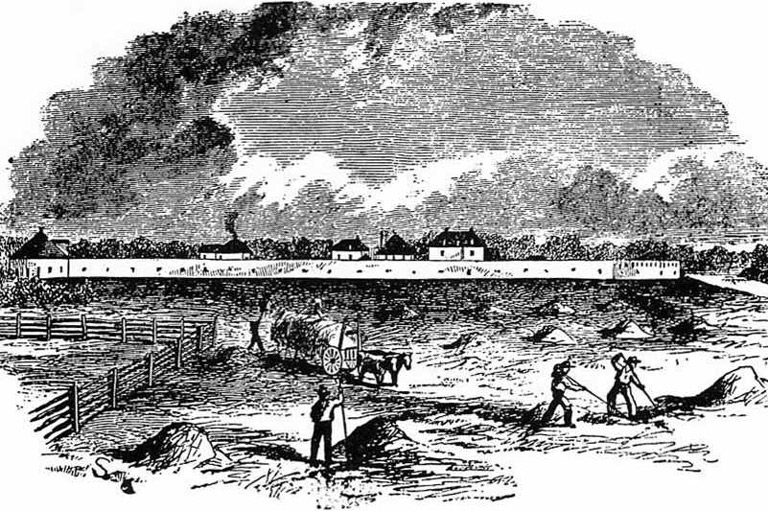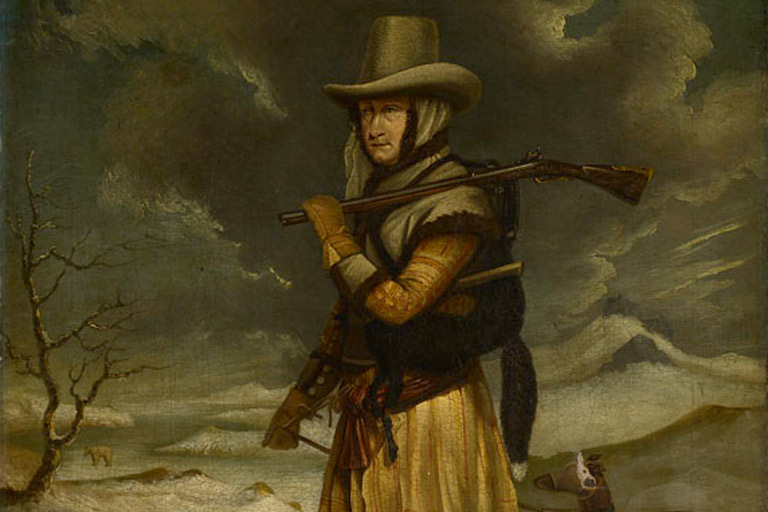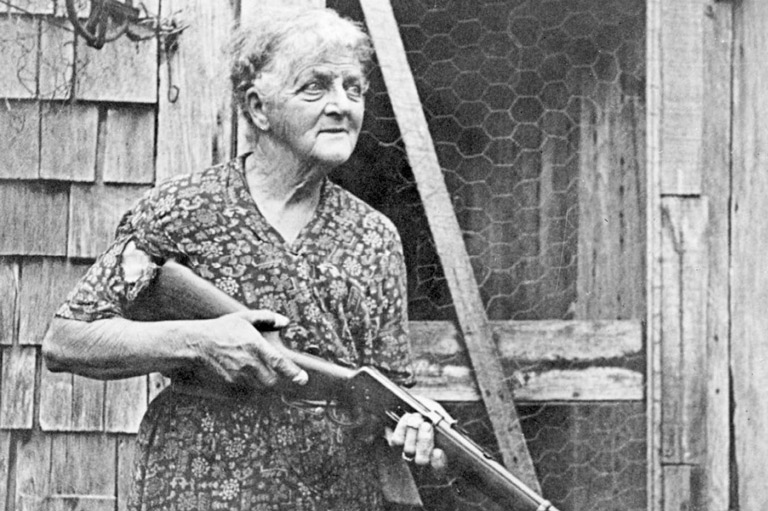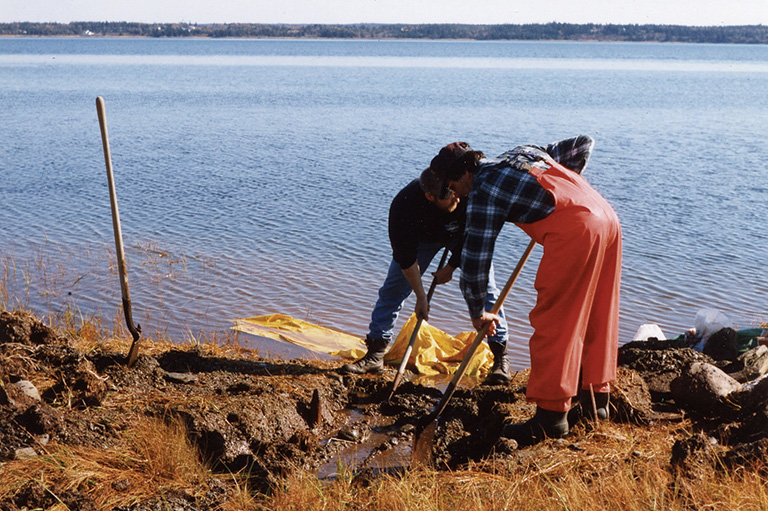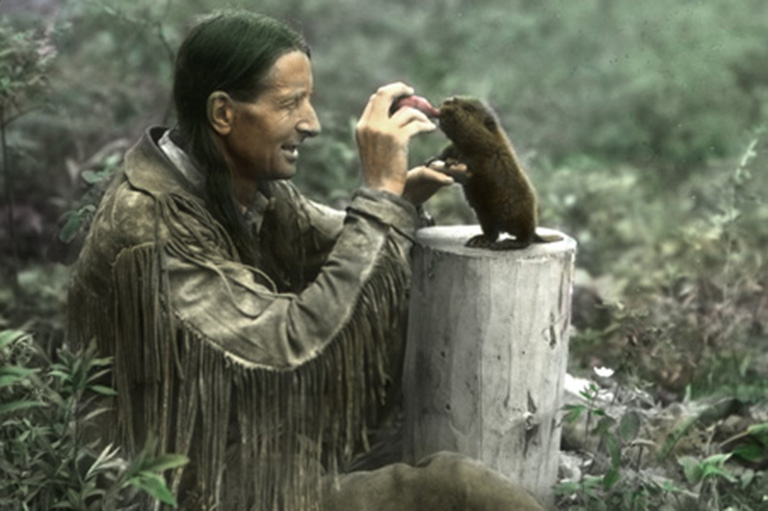Growing History

Why should a home gardener consider growing a tomato with a one-hundred-year-old pedigree? Because doing so can help preserve our horticultural heritage.
Canada has already lost a vast array of once-popular plant specimens due, in part, to the introduction of patented hybrid plants and simple changes in plant preferences.
But the efforts of a few forward-thinking gardeners and farmers in the mid-1980s have saved innumerable varieties of distinctly Canadian garden plants from extinction.
Seeds of Diversity Canada (SoDC) is a nationwide organization devoted to the preservation of heirloom plants. Bob Wildfong, SoDC’s executive director based in Waterloo, Ontario, says, “We now have over 3,000 varieties that we are keeping alive through our directory and over 2,700 through our seed library.”
The Canadian seed companies are doing their work in preserving ten per cent of the most commercially successful heritage seeds, and people buy them from the companies online and at Seedy Saturdays.
A home gardener should consider heirloom plants for reasons beyond keeping history alive.
Wildfong says, “The variety of plants offered by commercial seed companies is based largely on how the global seed trade works.”
Most commercial seeds are grown on a large scale in Southeast Asia and South America, harvested mechanically, and sold through a wholesale seed network.
The varieties offered are not intended for optimum growth in Canadian growing conditions, and the home gardener may not value traits such as uniformity of size and ripening times, which are desirable for mass seed production, over superior flavour and nutrient content.
“There are no more garden-tomato breeders left in Canada,” says Wildfong.
“For budgetary reasons, all of the government and university breeding programs have been shut down. The last private program ended in 1995.” Most new tomato strains will come from breeding programs in California and Texas, however, in 2016, SoDC began their own breeding program.
Wildfong’s involvement with heritage seeds began in 1988 when he volunteered at a working recreation of an early 1900s village at Doon Heritage Crossroads in Waterloo County.
Offered the responsibility of finding authentic plants that would have been grown in a home garden of that time, Wildfong admits he had “no interest in gardening at all.” But as a new volunteer, he felt he couldn’t refuse.
The “historian in him” was soon fascinated with researching plants favoured by gardeners of the past and matching that information with what was available in modern seed catalogues.
Fortunately, Wildfong was introduced to the Heritage Seed Program. When it was formed in 1984, few people were familiar with the term “heritage seeds,” but a group of about two hundred farmers and gardeners across Canada recognized that a significant number of plants were no longer offered for sale in commercial seed catalogues.
They knew that some varieties had to be actively grown or they could disappear forever. By definition a heritage plant must be open-pollinated, meaning the seed will produce a plant identical to its parent and retain its characteristics year-to-year. Any specimen more than fifty years old is considered heritage, though some have lineages that date back hundreds of years.
Knowing that home gardeners may still be growing a cross-section of these plants independently, the Heritage Seed Program created its own version of a seed catalogue and developed the concept of a seed exchange.
Begun as a grassroots, collaborative endeavor, the program had no central inventory, relying instead on the interchange between members for the sharing of information and seed distribution.
From this simple start, Seeds of Diversity emerged as a non-profit organization with the purpose of ensuring seeds are distributed to growers who will keep heirloom plants alive. Only about one-quarter of SoDC’s catalogued array of seeds is available commercially.
Each August, seed collectors inform SoDC of the seed varieties they have available — mostly vegetables, but also grains, flowers, herbs, and a few special shrubs and trees. In January, SoDC sends an invitation to log into the online catalogue to its members.
Requests for seeds are made directly between members for the cost of packaging and postage, from two to four dollars per selection. Information on how to become a member is available on their website.
Generations of growth and adaptation in Canada’s climate will create a plant far superior to any new variety bred elsewhere for our growing conditions. This is only one of many reasons to conserve these living artifacts of our heritage.
We hope you’ll help us continue to share fascinating stories about Canada’s past by making a donation to Canada’s History Society today.
We highlight our nation’s diverse past by telling stories that illuminate the people, places, and events that unite us as Canadians, and by making those stories accessible to everyone through our free online content.
We are a registered charity that depends on contributions from readers like you to share inspiring and informative stories with students and citizens of all ages — award-winning stories written by Canada’s top historians, authors, journalists, and history enthusiasts.
Any amount helps, or better yet, start a monthly donation today. Your support makes all the difference. Thank you!
Themes associated with this article
Advertisement
You might also like...

Canada’s History Archive, featuring The Beaver, is now available for your browsing and searching pleasure!


